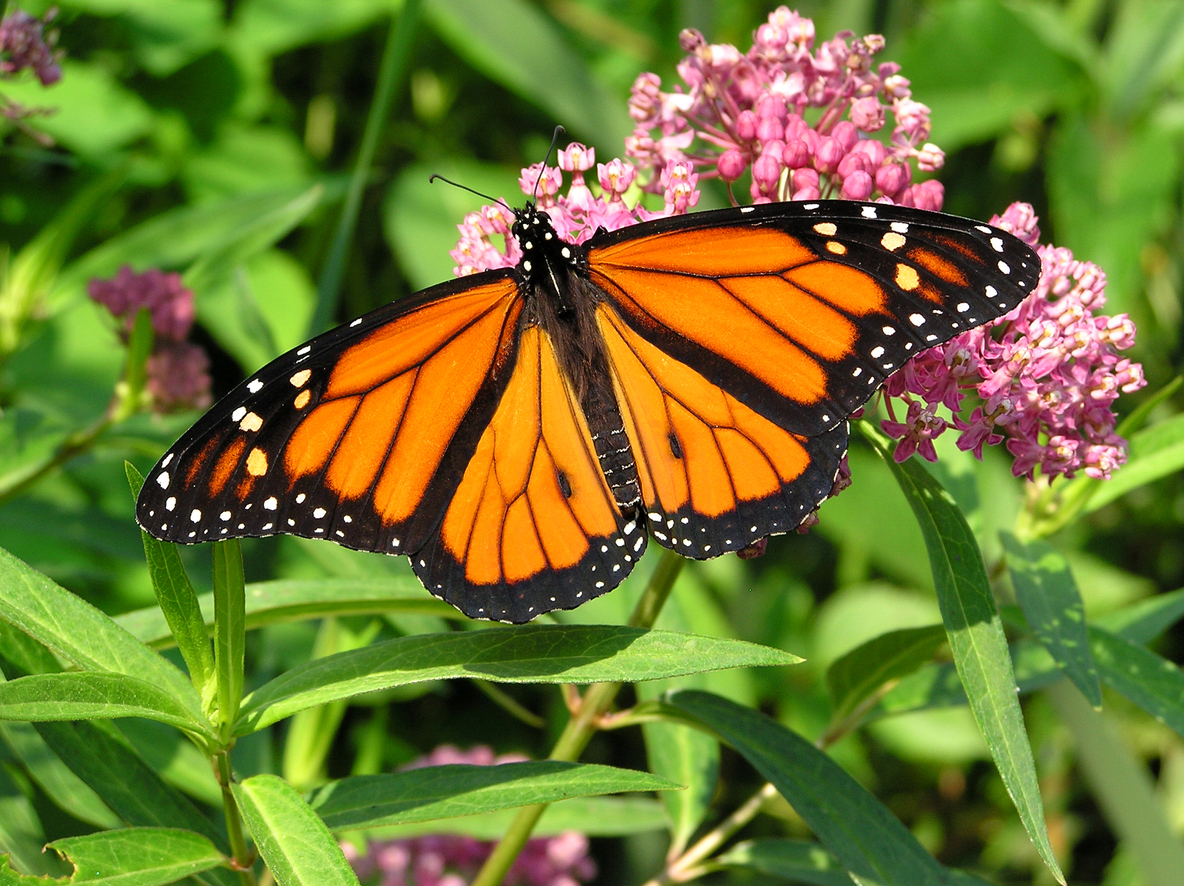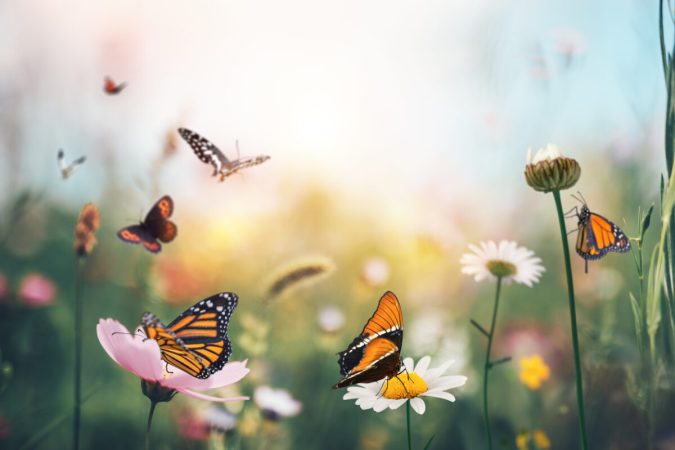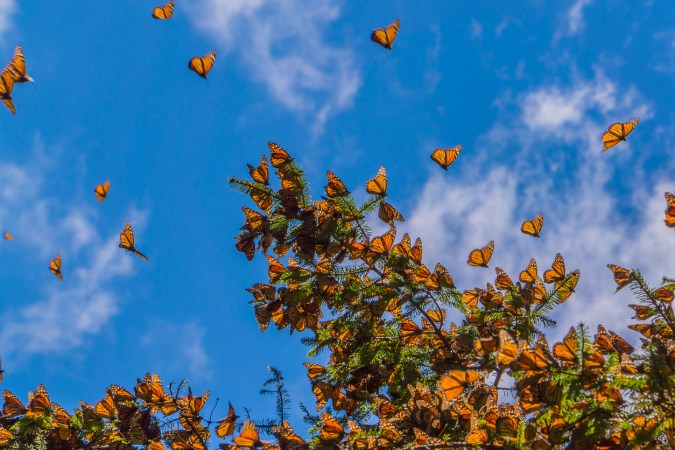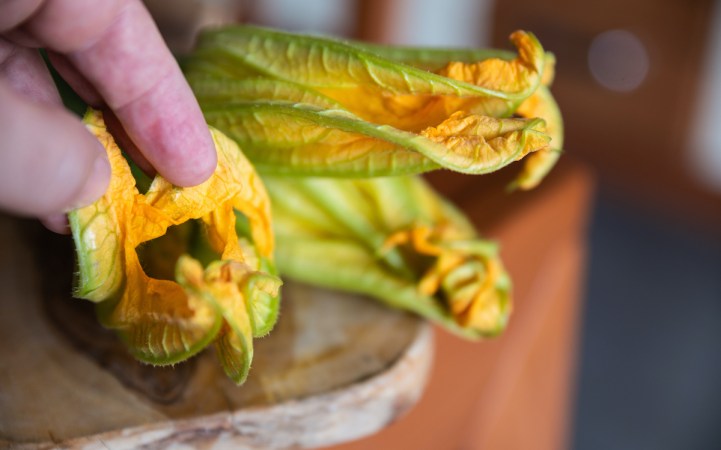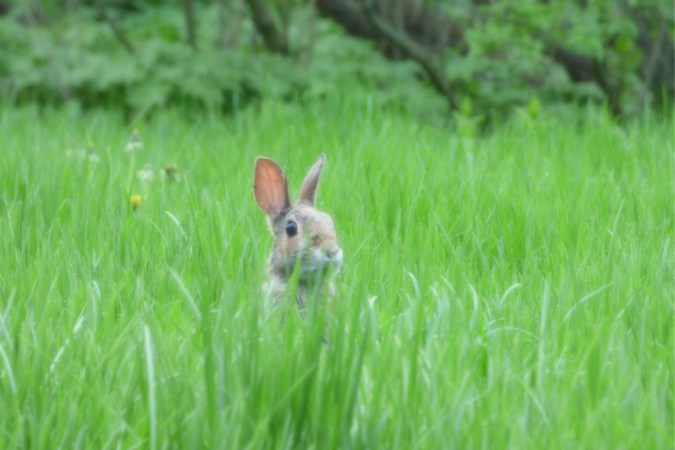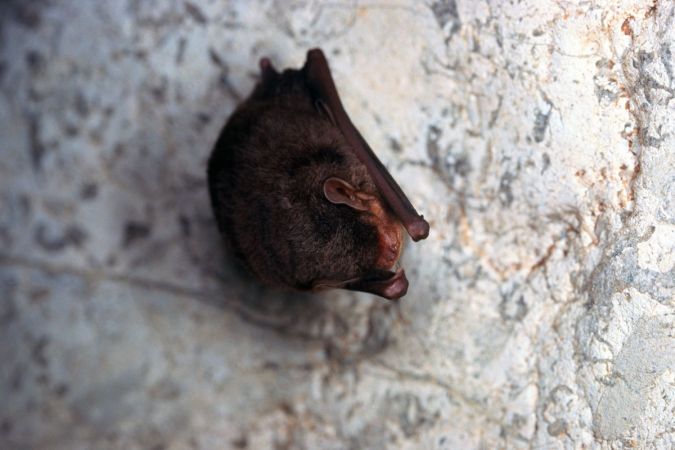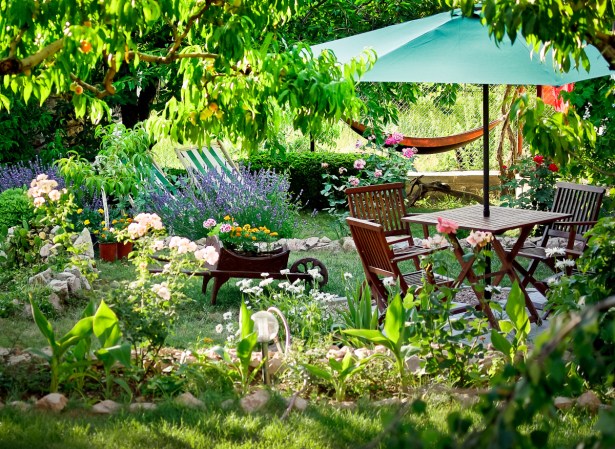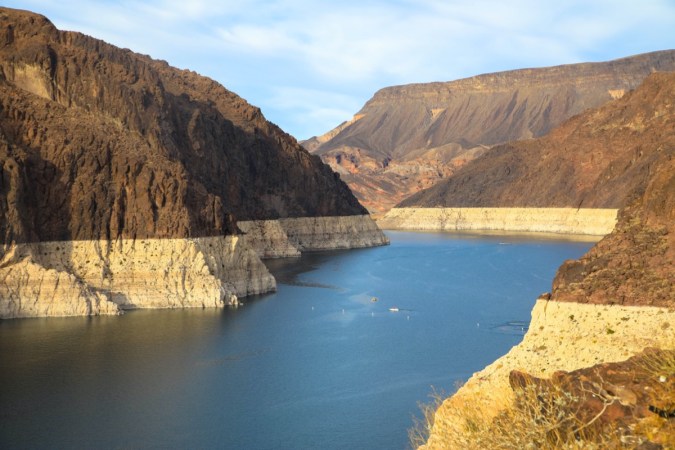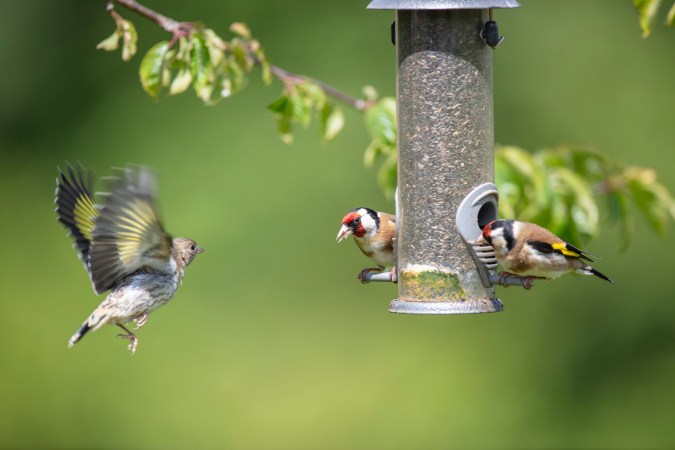We may earn revenue from the products available on this page and participate in affiliate programs. Learn More ›
For the first time, the monarch butterfly has entered the endangered species list due to its dwindling numbers. With its black veins, orange and yellow wings, and white spots, the monarch butterfly is one of the most recognizable butterfly species in the world.
In July, the International Union for the Conservation of Nature (IUCN) added the migrating monarch butterfly to its “red list” of threatened species and categorized it as “endangered.” Sadly, this categorization is just two steps away from extinction status. The United States has not yet listed monarch butterflies under the Endangered Species Act, but several environmental groups are asking for that to happen.
The good news is that there are several actions you can take now to help the monarch butterfly population rebound.
RELATED: Grow This, Not That: 12 Native Alternatives to Invasive Plants
Why Monarch Butterflies Are So Important
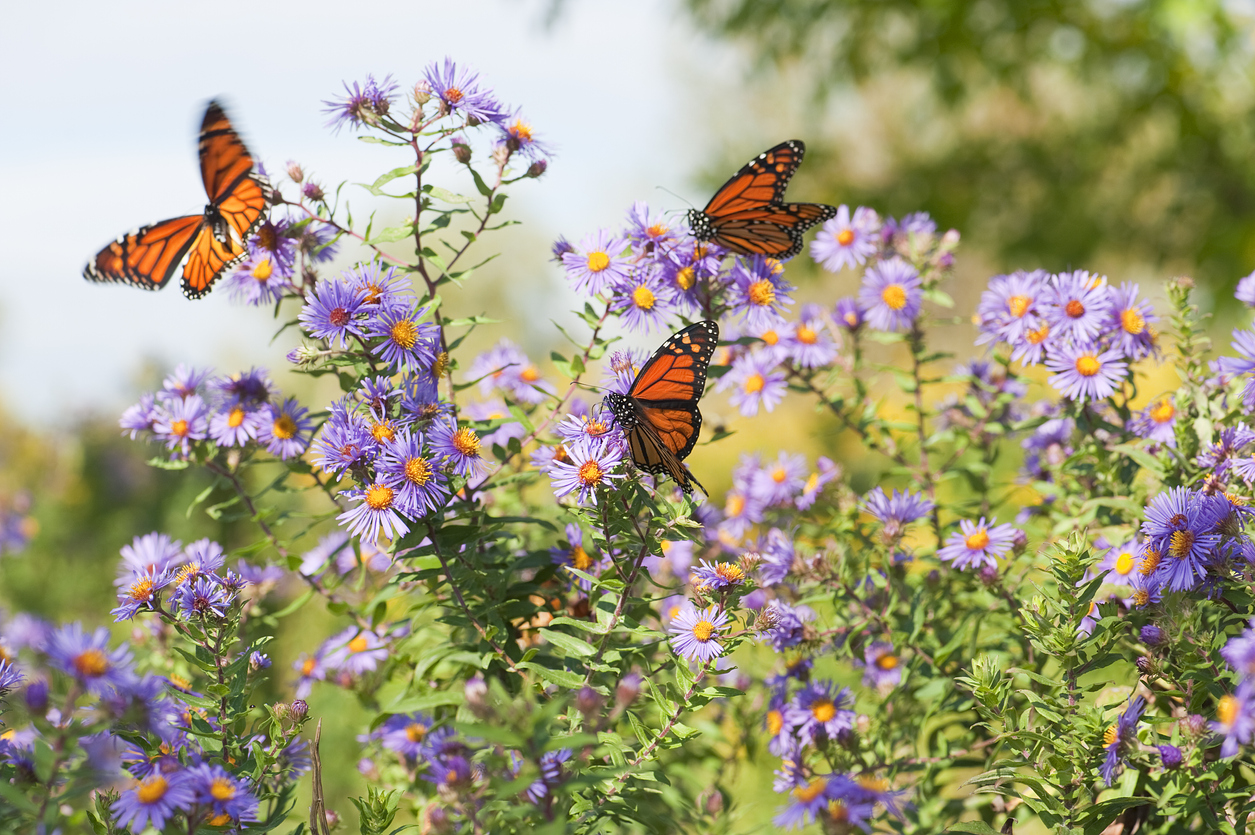
Monarch butterflies are known for their extraordinary annual migration, in which they travel as far as 3,000 miles. Eastern monarchs travel from the northeastern U.S and southeastern Canada, where they breed, to hibernate in the mountain forests in central Mexico. Western monarchs winter in areas along the Pacific Coast near Santa Cruz and San Diego, California.
Monarch butterflies benefit all people. “As pollinators, the monarch butterfly migration across the continent provides an invaluable service, essential for many ecosystems to thrive,” explains Mary Phillips, head of Garden for Wildlife at the National Wildlife Federation (NWF). “It is thanks to pollinators, such as butterflies, that we have many of the flowers and dietary staples that we enjoy, like squash and blueberries.”
Phillips also points out that the declining monarch butterfly population parallels other declining animal populations. In a sense, the monarch serves as a warning. “And of course, the decline in animal species impacts human food systems and overall health,” she highlights.
Why Monarch Butterflies Are Endangered
The IUCN based its decision on the North American monarch butterfly population plummeting between 22 and 72 percent over the past decade. The western monarch butterfly population is at greatest risk of extinction; their numbers have dropped by more than 99 percent—from 10 million to under 2,000 butterflies—since the 1980s.
Several factors have contributed to monarch butterflies’ decline. First, monarchs are threatened by widespread habitat loss. According to the IUCN, deforestation caused by agriculture and urban development have destroyed areas in Mexico and California where the butterflies spend the winter months. Second, pesticides and herbicides used in agriculture are killing butterflies and the pollinator-attracting milkweed plants they rely on. Finally, changing weather patterns driven by climate change—droughts, catastrophic wildfires, and temperature extremes—are making some monarch habitats less suitable, causing changes in migratory patterns and untold monarch deaths in the process.
What Your Garden Can Do to Help
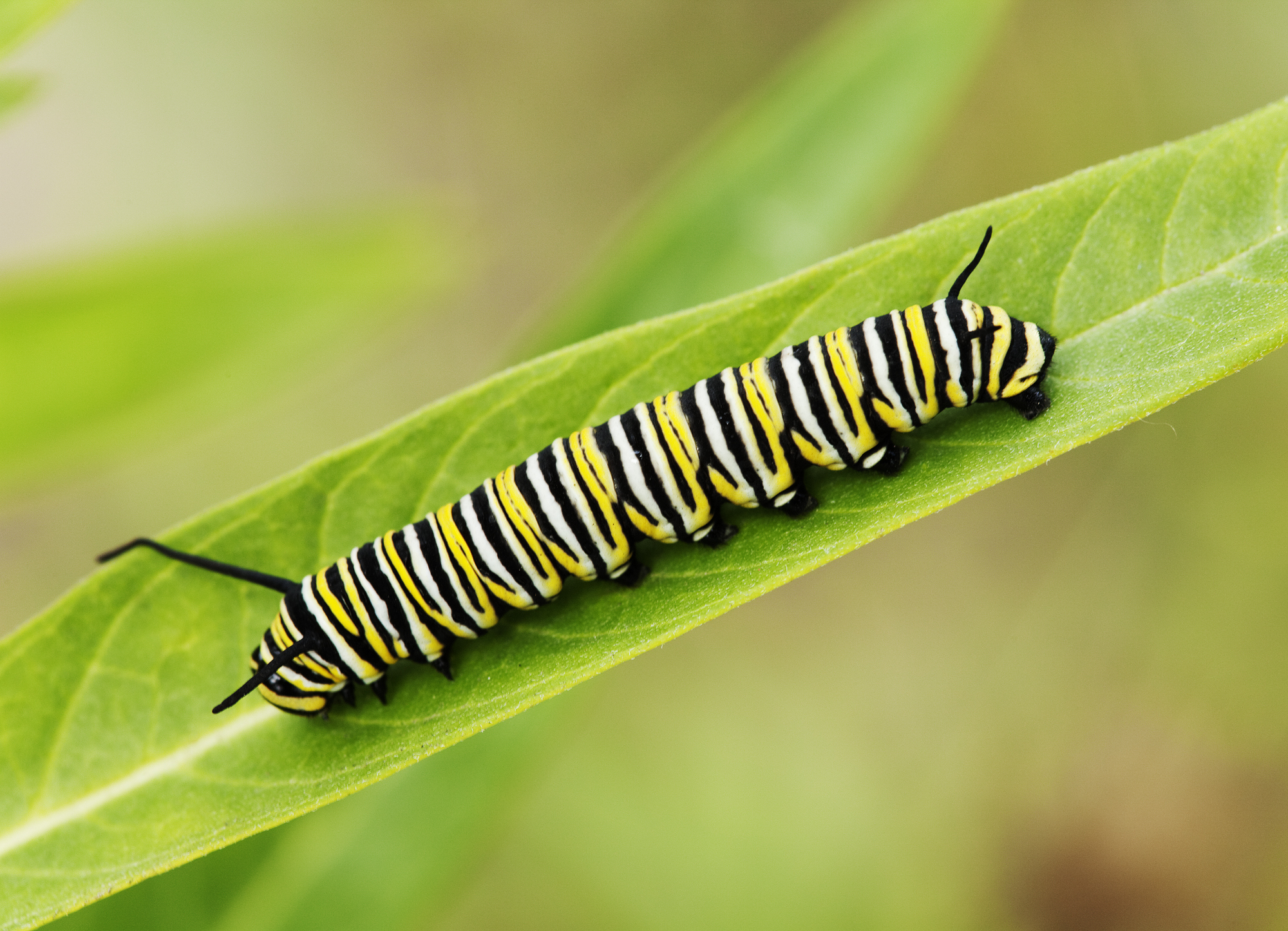
With a few tweaks to your home garden, you can help support endangered monarch butterflies.
Plant milkweed. Milkweed is the only plant that monarch caterpillars eat, and its leaves are where the adult butterflies lay their eggs. They rely on the plant for survival, but not all milkweed varieties will thrive in your location. Mary Phillips of the NWF recommends that gardeners identify regionally specific native milkweed by visiting the Garden for Wildlife website. She also suggests using the NWF’s Native Plant Finder tool and ordering milkweed collections based on ZIP code.
Choose native nectar plants. Monarchs need other plants, too, especially those with nectar-bearing flowers. Visit NWF’s monarch nectar guides for ideas.
Avoid pesticides. Pesticides and herbicides can harm wildlife, including caterpillars and butterflies. Neonicotinoid pesticides are especially harmful to the species, as they can kill butterflies that ingest the toxic pollen and nectar of treated plants. Be sure to ask how plants are treated before purchasing them at your local garden center.
Set up a butterfly puddling station. Create a mud puddle (or add water to sand) in a sunny spot of your yard and set a flat stone inside it. Butterflies will be attracted to the area to sun themselves on the stone and sip the water.
Certify your butterfly garden. Phillips encourages gardeners to take the extra step of certifying their butterfly garden. “Create an outdoor space using native plants that attract monarchs and other pollinators. Once you’ve incorporated all the elements of a wildlife-friendly habitat—food, water, cover, and places to raise young—be recognized by certifying your space through Garden for Wildlife’s signature Certified Wildlife Habitat program. Every $20 application fee helps further protect and restore key habitat for pollinators and other wildlife.”
Other Ways to Help Monarch Butterflies
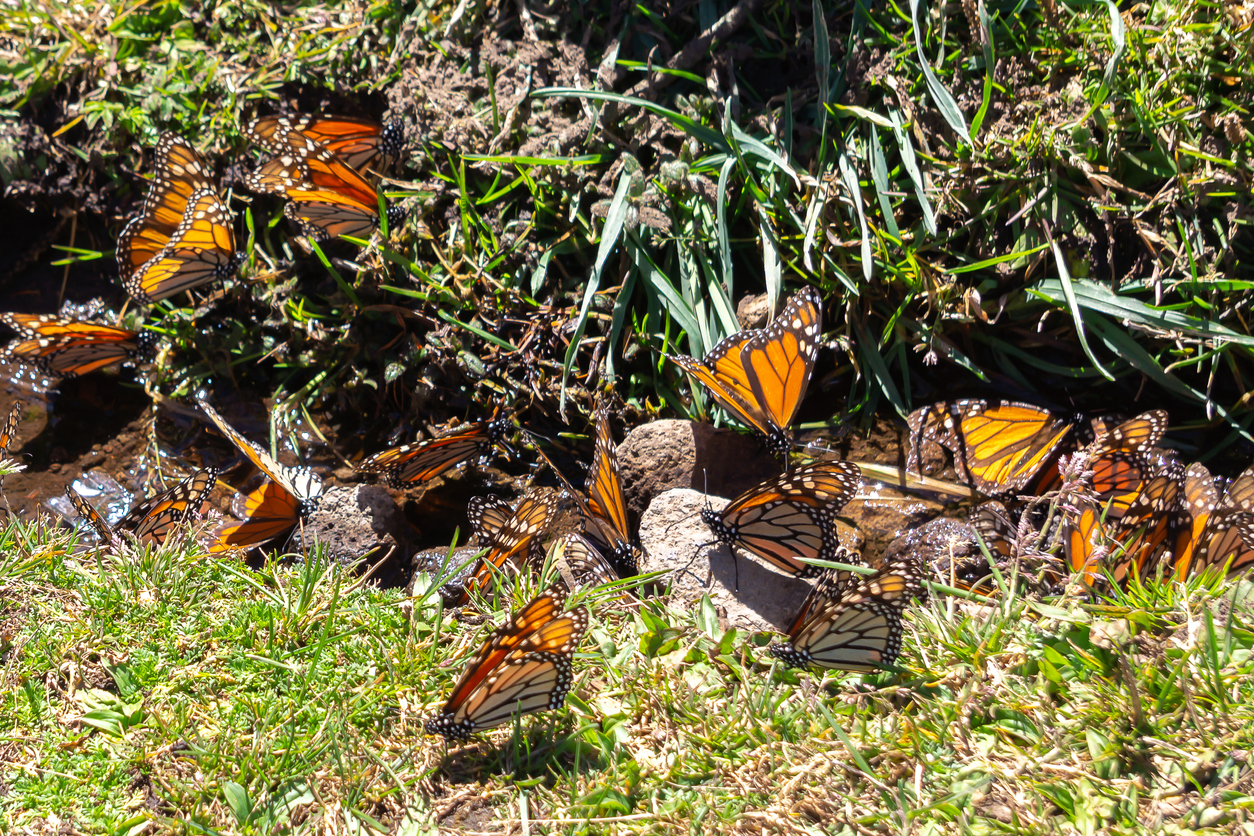
In addition to what you do in your garden, you can help monarch butterflies in the following ways:
- Encourage local leaders to join the Mayors’ Monarch Pledge.
- Participate in citizen science projects to help collect data about monarchs.
- Advocate for native habitat restoration, alternatives to pesticides, and local policies that benefit monarch butterflies.
- Educate others about declining monarch butterfly populations and encourage them to take steps to protect this precious species.

